Text
Photographers all know about polarizing filters. They remove reflections off the surfaces of objects. We use them to see into water or windows that are obscured by those reflections. But anything with an even slightly glossy surface has a layer of reflection on top. So if you have a shiny green plant, it can remove the shiny and reveal a very saturated green underneath. Polarizers also remove a lot of scattered and reflected light from the sky. Which reveals a deep blue color you didn't even know was there.
Here is a photo I took of my circular polarizer.

And the first thing I noticed when walking outside during the eclipse was the color of everything was more saturated, just like in that circle. Apparently, an eclipse significantly reduces polarized light and I got this creepy feeling because I was only ever used to seeing the world like that through the viewfinder of my camera.
The other thing I noticed was my outdoor lights. I leave them on all the time because I never remember to turn them on at night. And usually the sun will render them barely visible during the day. On a very sunny day they almost look like they are off.

But you can clearly see they are shining and even flaring the camera during the eclipse.
Our eyes adjust to lighting changes very well so it was hard to tell how much dimmer things were, but that is a good indication. I took this photo a few minutes ago and you can see how dim the lights appear after the moon has fucked off.

I did a calculation using the exposure settings between these two photos. The non-eclipse photo has 7 f-stops more light. That is 128 times or 12,700% more light.
A partial Pringle eclipse cut the sun's light by 99.2% and somehow our eyes adjusted to make it seem like a normal sunny day (with weird ass saturated colors).
14K notes
·
View notes
Text
I just discovered foodtimeline.org, which is exactly what it sounds like: centuries worth of information about FOOD. If you are writing something historical and you want a starting point for figuring out what people should be eating, this might be a good place?
196K notes
·
View notes
Text


I have some older art tips that I keep forgetting to post here. I'll add a few in the next few days, at least those that aren't too outdated!
This one is about giving an extra feel of weight to your characters.
50K notes
·
View notes
Note
how do you consistently draw the same character without it looking weird or off every different time?? also how do i coordinate faces, i always make the eyes too far apart or too big or too small or make the mouth too close to the nose or chin edge. If you have any advice I'd really appreciate it since it looks like you have your art shit figured out 🙏
Oh man SO so much of it is just practice, and you're not alone! I honestly think everyone struggles with a sort of "generification" of their characters' features the more they draw them, even seasoned professionals. There's a tendency to just sort of average everything out into an unrecognizable mush over time, and it takes a lot of conscious effort to push back against that.
Here are a couple tips and tricks that I've found to be helpful over the years:
Make turnarounds and model sheets. There's a reason animation/game studios do this, and it is because we are all still bad at drawing a consistent face. Despite being gainfully employed. What are we, graphic novelists?? We wish. Anyway it's a great way to familiarize yourself with your character's face from multiple angles, and it gives you a single source of truth to return to anytime you need a refresher:
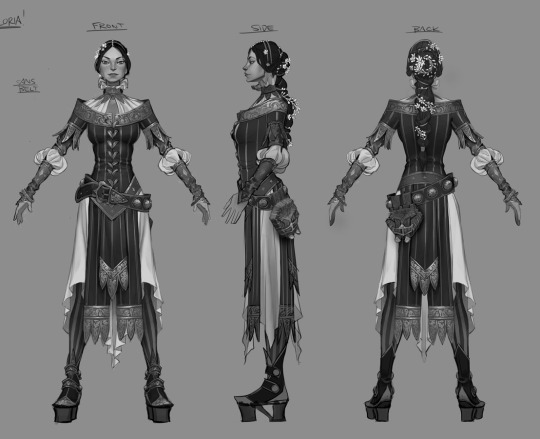
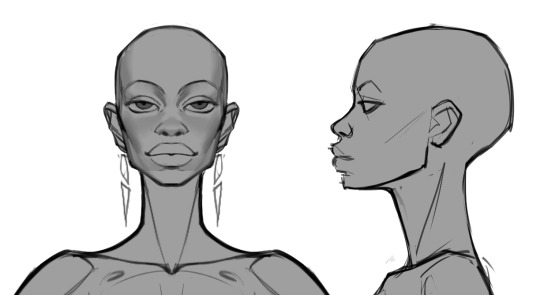
Gather real-life reference. Anytime I'm designing a character I'm pulling together a ton of reference of actual people who look, to some degree, like the character in my head. It's always a collection of analogues, never just a single person, but it can be a great cheat sheet for understanding how your character might move, emote, etc:

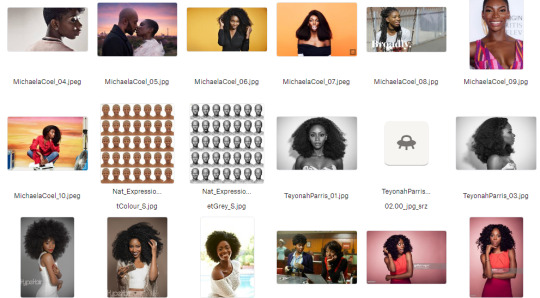
Make a 3D model. I know it seems daunting, but with the advent of programs like Blender and Nomad Sculpt it's becoming remarkably more accessible. Heck, even James Gurney was sculpting maquettes out of clay for Dinotopia back in the day! It doesn't have to be particularly detailed—just a sort of proportionate lump will do—but it's another great way to have dynamic reference that you can rotate and light accordingly:
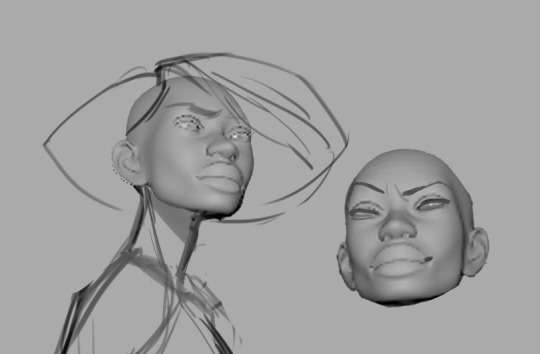
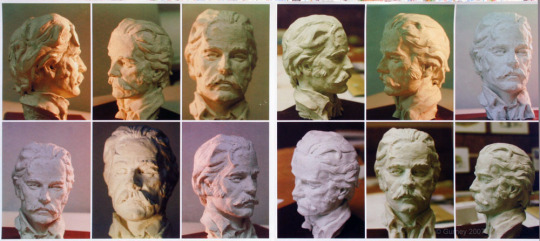
Practice, practice, practice. Make expression sheets for your character! Either right there on the spot, just start drawin' expressions, or you can slowly collect drawings of your character that you like, as you draw them, and compile them all in one place for your own reference. Need to draw your character's head from a weird angle? Maybe you've already drawn it before and you can copy your own homework! Doesn't count as stealing when the call's coming from inside the house 😎
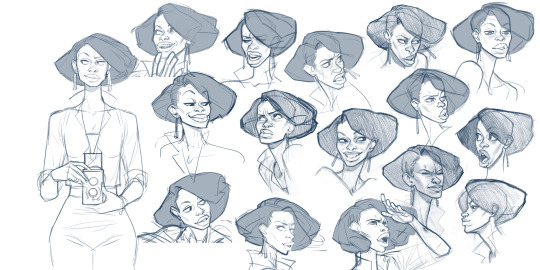
I'd love to pretend there's a magical point where you can just immediately rotate your character's head in your brain like some sort of photorealistic apple in a twitter meme, but a lot of the time it's reference, hard work, and whole lotta repetition. 😐👍🏼
6K notes
·
View notes
Text
i hate that every time i look for color studies and tips to improve my art and make it more dynamic and interesting all that comes up are rudimentary explanations of the color wheel that explain it to me like im in 1st grade and just now discovering my primary colors
137K notes
·
View notes
Photo
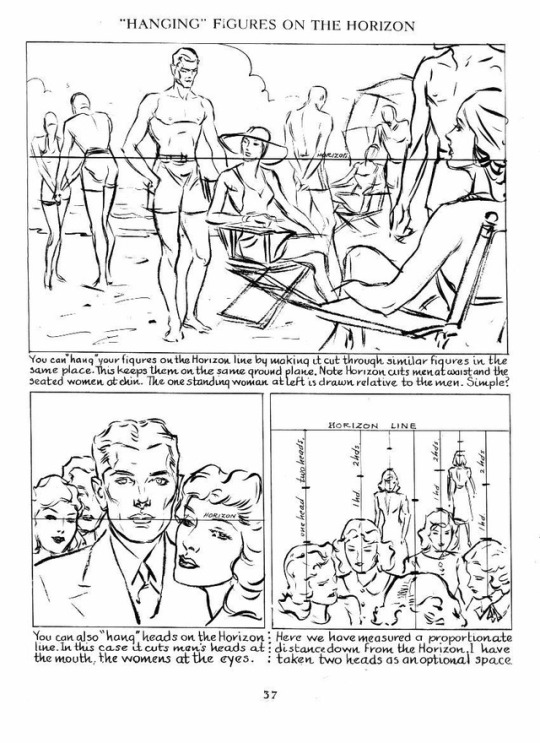
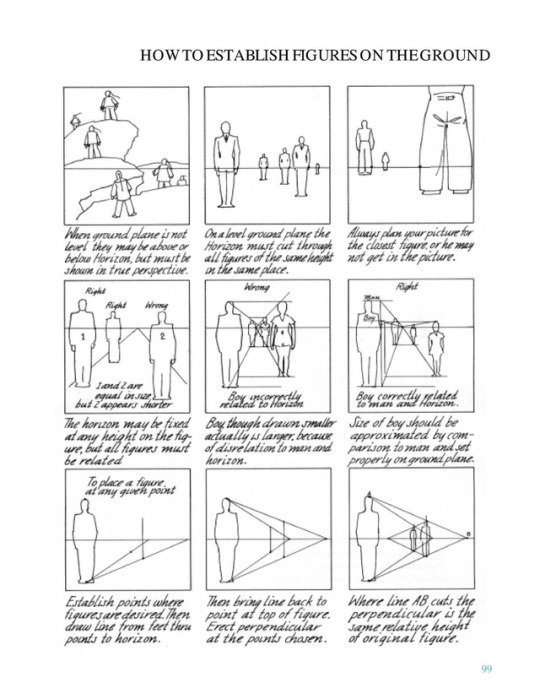








Some sample pages from Andrew Loomis’s series on how to draw comics, 1939-1961, concerning perspective and composition. (The changes in font and layout stem from the fact the pages come from different prints.)
I tried to collect the most useful pages, but of course I’m limited to only 10 images per post.
This is a follow-up of sorts of the Disney “how to draw comics” handouts I posted earlier, and which can be found HERE.
26K notes
·
View notes
Video
painting made easier
55K notes
·
View notes
Text
Ahhh! This is so cool!
An author was writing historical fiction, and decided (in hopes of escaping anachronistic language) to only use the vocabulary that Jane Austen used. They made a custom dictionary of all the words Jane Austen used in all of her books, and used that to spell check, so it flagged modern words and phrases that she would have totally overlooked otherwise.
I’m thinking it would be incredibly easy to do the same thing for fanfiction, especially book-based - compile a dictionary of, say, all the words GRRM used in ASOIAF, and use that as a spell check dictionary so it would flag any words GRRM did not use…
Or a particular TV show character’s dialogue, though that would involve much more manual effort…
edit: apparently, some historical fiction authors use old dictionaries (circa: 1700-1800s) as their custom dictionaries, even when writing about much earlier time periods. This helps them escape writing with modern-sounding anachronisms that throw modern readers out of the story, but also allows them to use language that a modern reader can understand when writing about time periods where characters should be speaking, say, Old English.
8K notes
·
View notes
Link
Writer Beware makes posts on which publishing houses to avoid at all costs, which words to look for and which words to watch out for in contracts, and several other things that will keep you in control and knowledgeable about the publishing process. I’d suggest reading through the website if you want to avoid getting ripped off, cheated, or scammed.
48K notes
·
View notes
Text
Hey i’m a fashion design student so i have tons and tons of pdfs and docs with basic sewing techniques, pattern how-tos, and resources for fabric and trims. I’ve compiled it all into a shareable folder for anyone who wants to look into sewing and making their own clothing. I’ll be adding to this folder whenever i come across new resources
https://drive.google.com/drive/folders/16uhmMb8kE4P_vOSycr6XSa9zpmDijZSd?usp=sharing
89K notes
·
View notes
Text
being a self-taught artist with no formal training is having done art seriously since you were a young teenager and only finding out that you’re supposed to do warm up sketches every time you’re about to work on serious art when you’re fuckin twenty-five
366K notes
·
View notes
Text

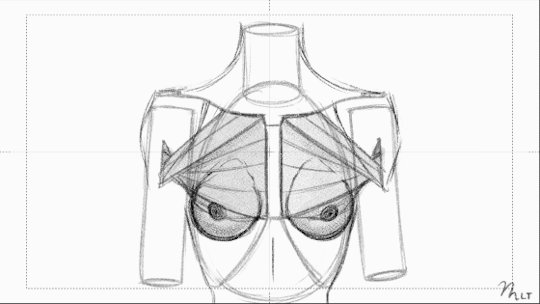

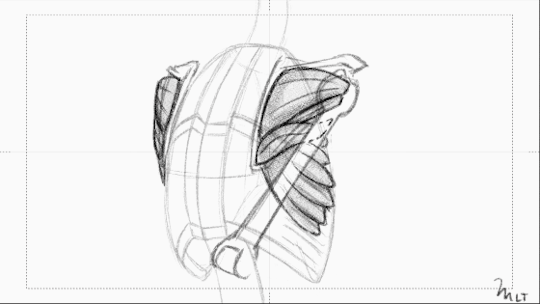
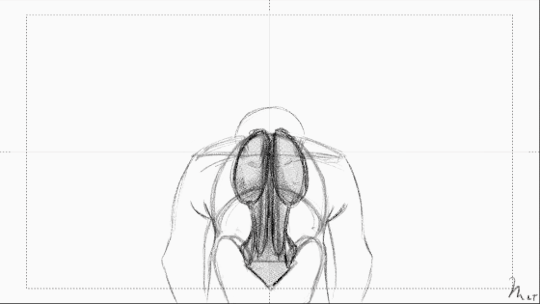



All the torso animated studies.
55K notes
·
View notes
Text
Ten questions to ask a friend who just read your novel
Here are ten questions to ask that will not put your friend in a tough spot, but will still give you some useful input on your novel:
1. At what point did you feel like “Ah, now the story has really begun!”
2. What were the points where you found yourself skimming?
3. Which setting in the book was clearest to you as you were reading it? Which do you remember the best?
4. Which character would you most like to meet and get to know?
5. What was the most suspenseful moment in the book?
6. If you had to pick one character to get rid of, who would you axe?
7. Was there a situation in the novel that reminded you of something in your own life?
8. Where did you stop reading, the first time you cracked open the manuscript? (Can show you where your first dull part is, and help you fix your pacing.)
9. What was the last book you read, before this? And what did you think of it? (This can put their comments in context in surprising ways, when you find out what their general interests are. It might surprise you.)
10. Finish this sentence: “I kept reading because…”
Your friend is probably still going to tell you, “It was good!” However, if you can ask any specific questions, and read between the lines, you can still get some helpful information out of even the most well-meaning reader.
Source: Examiner
50K notes
·
View notes
Photo

SKELETONS! PLUS! I’ve just posted a how to draw SHOULDERS tip on our Instagram HERE!
Lorenzo!
4K notes
·
View notes
Text
How to write kids, if you don't remember being one or haven't lived with any
1. Kids never feel as small as you see them. A three year old thinks a one year old is a baby and a six year old is grown up. A six year old thinks a three year old is a baby and a twelve year old is an adult. Age is about perspective. One year is a huge age difference to a little kid.
2. Little kids might not be conscious of their physical limitations, but they can still be frustrated by them. A seven year old might see an adult do something relatively simple, like draw a straight line or perfectly crack an egg, and try to do the same thing, only to be frustrated when it doesn't work.
Imagine suddenly having an injury that makes a skill you use every day become difficult- you feel you should be able to do the thing, and you understand the thing should be easy for you, but it isn't. It can be immensely frustrating to have a brain that grasps a concept that language or fine motor skills haven't caught up to.
3. You know when you forget a word, and have to make something up on the fly to describe the word? That's pretty much exactly what learning your first language is like.
You know what you intend, but you don't have a way to express it, and it can move you to tears with frustration when everyone around you is suggesting the wrong thing, or seems completely certain they understand what you mean, and they don't.
You don't have a word for "Later"? You might try saying "next time", or, "after", or, "before tomorrow".
This might result in saying, "Are we going to the park next time?", "Are we going to the park before tomorrow?", or, "Are we going to the park after?", all of which can result in different answers.
4. Kids feel like adults are a different species. They don't get why we do certain things, and they don't understand why we don't want to run around with them all the time.
If sitting still is boring, coffee tastes bitter, and long conversations only happen with weird-smelling strangers who talk to them like they're stupid, then they truly will not understand why anyone would *want* to be left to have coffee with a friend without welcome distractions to make it bearable.
Aren't you bored? You aren't doing anything. How could you possibly be stimulated without any food or toys or music or anything? Why don't you just leave? Do you *have* to be there, the way you had to go to work? Adults are weird.
5. Children have complex social relationships that are just as varied as yours.
A room full of third graders might look like indiscriminate chaos to an adult, but pick a well connected kid, and they'll tell you that Megan is the fashion icon who can do hair really well, Thomas is the athlete, Gray gets mean when he has to share so nobody wants to play with him, Paisley can't read and the boys make fun of her for it so don't make her work in a group with Anthony, Dillon put a bug in their food once so they'll never trust him again, and Matthew's parents let him watch family guy so he says bad words and makes grown-up jokes that make other kids uncomfortable.
You don't see this stuff because you aren't inside the society. They are, and they do.
6. Time. Moves. So. Slow. Five minutes really does feel like half an hour. Sit still for five minutes? That's like you sitting in a waiting room at the DMV for an hour. Wouldn't you get annoyed and impatient? They haven't learned to hide their irritation yet. That's really the only difference.
7. "Reading in your head" requires understanding that you have a Voice, which people can hear, and Thoughts, which are audible only to yourself. This can be a difficult concept to grasp. If a kid is reading out loud, and you tell them to read quietly, there's a good chance they're going to whisper or mouth the words instead of going totally silent the way you might. Splitting the self into multiples like "Internal monologue VS public perception" or "What I look like VS how I think I look" is alien and bizarre. If a kid thinks they look like a Dragon and you laugh at them? Ouch. They might be mad for a while.
8. Repetitive chores make no sense when your awareness of time doesn't extend beyond a week or so. Why should I wash my blankets? They don't look dirty and I don't smell anything bad. Blankets don't get dirty unless you put dirt on them. If you put a blanket in a washer, you can't use that blanket AT ALL the ENTIRE TIME it's being cleaned. That might be an hour, but it will *feel* like a week. And you have to do that every two weeks?? That's overkill. Why even bother?
9. Kids have opinions about adults. They will have a sense about whether an adult is "real-kind" or "fake-kind". An adult who listens respectfully to what they have to say, asks thoughtful questions, and takes their concerns seriously? That's a good adult. An adult that oversimplifies their struggles, ignores their complex social rules, and gives bullshit advice like "just walk away from bullies" and "turn your chores into a fun game"? That's not a trustworthy adult. That's an Adult™. An Adult™ doesn't consider them to be a real human being with thoughts and emotions. An Adult™ sees them as an inferior, amusing pet. And they will actively sabotage An Adult™ like that.
10. Emotions are physical at a young age. Joy might make their body buzz until they can't help but wiggle or jump around. Sadness might be a huge physical pain in their throat and heart. Everything they experience is still relatively.New to.them, so there is very little frame of reference to decide if this is a "big hurt that will last forever and ever and never go away", or a "small hurt, that can be fixed easily and won't matter in five minutes". If someone lies to them about getting a cookie, that very well might be all the betrayal of your best friend sleeping with your husband.
Fortunately, a child probably won't be able to burn all your clothes in the yard without your notice.
50K notes
·
View notes
Photo
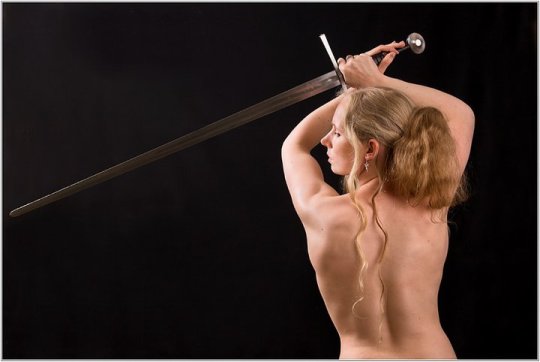
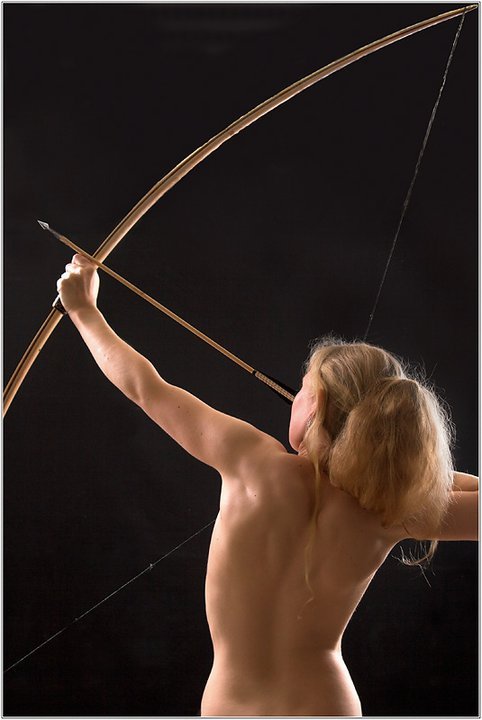
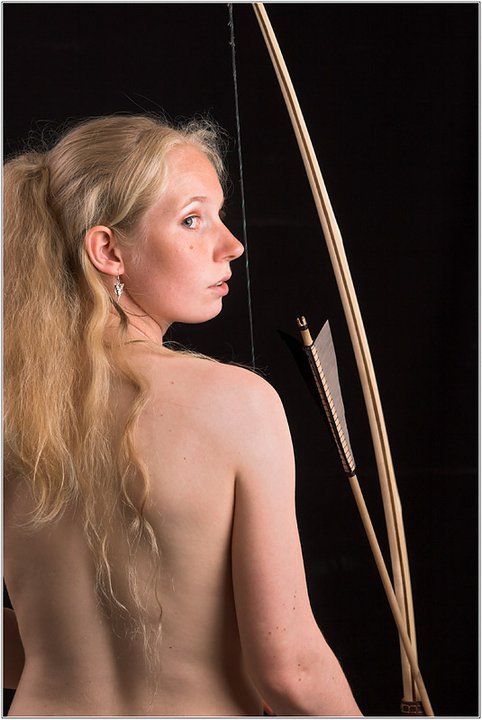
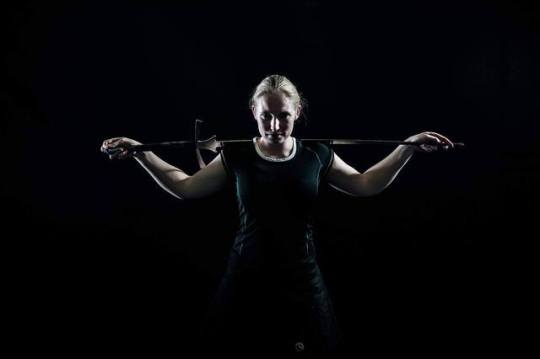
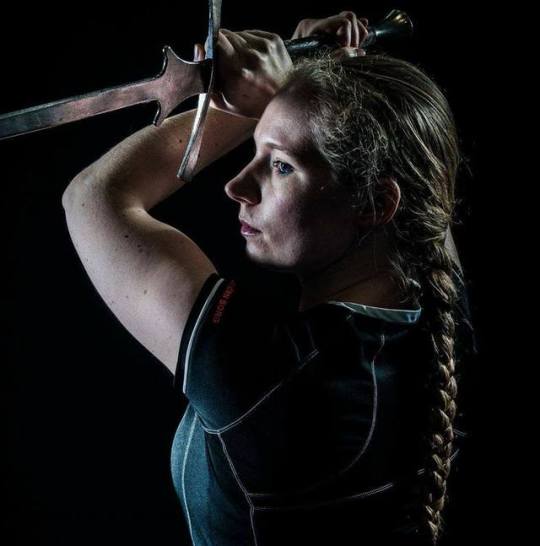

Dutch longsword fencer Tosca Beuming
Photographed by Martin Philippo and Andress Kools
66K notes
·
View notes
Text
fat bodies, fat anatomy, and how body fat tends to work should be taught as standardly as skinny anatomy and how muscles work in art courses. fat bodies are not an outlier. fat bodies are not a minority and theyre not abnormal or wrong. fat bodies are normal and they belong in art teaching spaces as commonly as other anatomy, because fat bodies ARE normal anatomy. people have diverse bodies and there will never be a single body type that encompasses the "normal body type"
tldr; fat anatomy should be taught as a staple in art courses just like any other anatomy. this is fact <3
45K notes
·
View notes